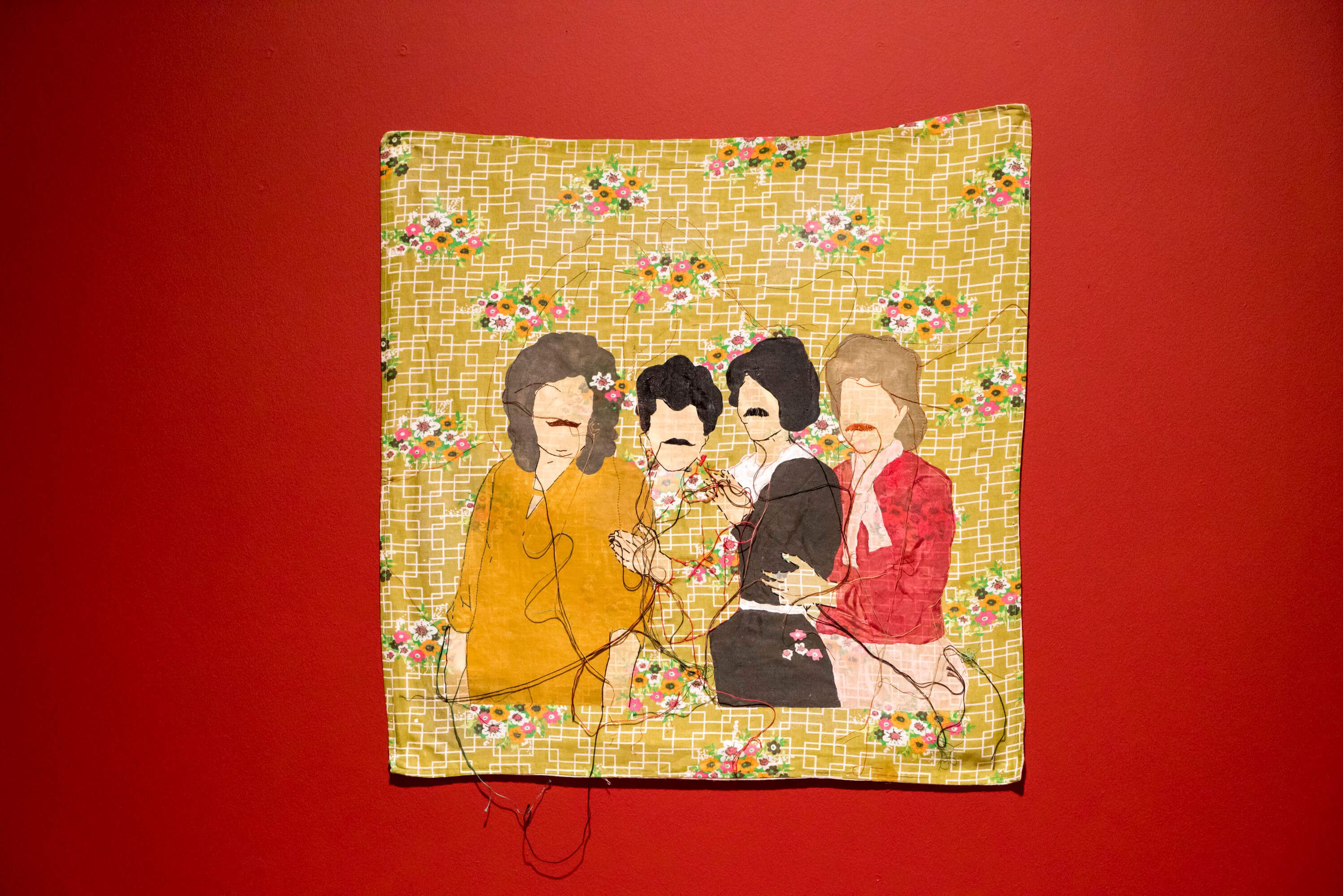Pera Classics welcomes Ludus Ensemble for its May concert. Founded in 2013 and named after the Latin word "ludus," meaning "play," the ensemble creates a dynamic sense of play by interpreting works by composers from diverse geographies and eras. For the concert at Pera Museum, the program will exclusively feature Schubert's works.
The concert will take place on the same floor where the Orientalist Painting Collection Intersecting Worlds: Ambassadors and Painters is exhibited, offering listeners a spellbinding musical journey into history.
Priced at 450 TL, the tickets are available at Biletix.com or can be purchased from the reception desk of the Pera Museum on the day of the event. Pera Museum Friendship Program members may enjoy a 20% discount. Seats are limited and unnumbered. The concert is without intermission and lasts approximately 1 hour.
The event is suitable for ages 7 and above. Children aged 7 to 12 are welcome to attend the concert when accompanied by an adult.
Ludus Ensemble
Banu Selin Aşan (Violin)
Eylül Umay Taş (Violin)
Filip Kowalski (Viola)
Çağlayan Çetin (Cello)

Pera Museum, in collaboration with Istanbul Foundation for Culture and Arts (İKSV), is one of the main venues for this year’s 15th Istanbul Biennial from 16 September to 12 November 2017. Through the biennial, we will be sharing detailed information about the artists and the artworks.

The New Year is more than just a date change on the calendar. It often marks a turning point where the weight of past experiences is felt or the uncertainty of the future is faced. This season, Pera Film highlights films that delve into themes of hope, regret, nostalgia, and new beginnings.
Tuesday - Saturday 10:00 - 19:00
Friday 10:00 - 22:00
Sunday 12:00 - 18:00
The museum is closed on Mondays.
On Wednesdays, the students can
visit the museum free of admission.
Full ticket: 300 TL
Discounted: 150 TL
Groups: 200 TL (minimum 10 people)